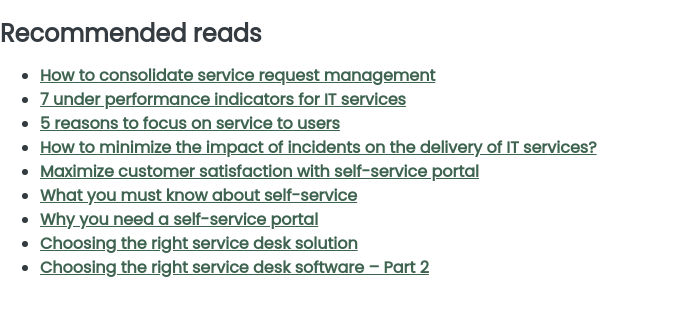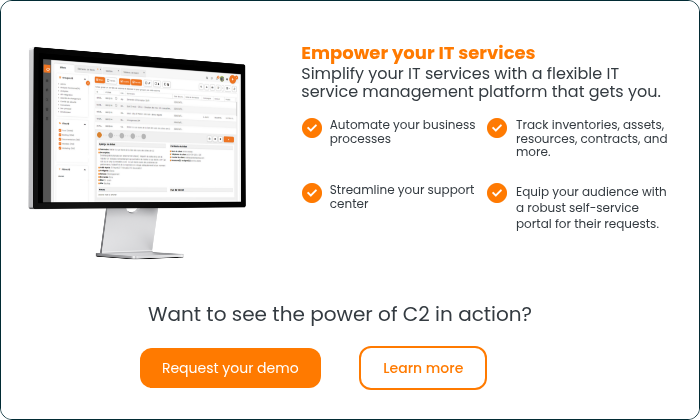In municipal boardrooms and online forums, the “smart city” of the future is a common topic of conversation. Many people involved in local government want to know how to build a smarter city, what tools they need, and what plans they need to implement.
The truth is that there is no single model for building a smarter city. Instead, city leaders must develop urban and regional plans that make sense for their unique communities.
Technology often dominates the conversation about building a smarter city, but the process is about bringing technology together with other important resources. This article discusses the five pillar resources leaders need to bring together to build a smarter city. No matter your specific goals for your city’s transformation, combining these resources will help you achieve them.
What is a “smart city?”
At a high level, the smart city concept is fairly simple. A smart city has integrated its digital, physical, and social infrastructure and services into a seamless unified organization. This integration makes municipal service delivery more sustainable, cost-effective, efficient, and equitable. As a result, smart cities are flexible and respond better to everything from individual requests from citizens to existential issues like climate change.
Cities have long been a focal point for human activity. According to UN Habitat, “cities consume 78 percent of the world’s energy and produce more than 60 percent of greenhouse gas emissions. Yet, they account for less than 2 percent of the Earth’s surface.” As the world’s population grows increasingly urban, we must find new solutions for managing these important centers of human activity. That is why it is so important that we find the best ways to build smarter cities.
Smart cities are about bringing technology and people together
If a city purchases service technology just because it exists, it doesn’t necessarily make their city any “smarter.” Instead, city leaders must focus on addressing their specific local challenges and then identifying the right technology to improve how its people and institutions can respond to those challenges.
For example, that might mean better emergency management tools for flood and storm preparation for a coastal city. That might mean improving public transit for a different, densely populated city first. For another city that closely borders surrounding wilderness, that might mean improving animal and pest control.
The five pillars you need to build a smart city
No matter your goals for your city, these are the five essential pillars on which you’ll be able to build a smarter city.
Organization and Infrastructure
Any technology you use will be only as good as the infrastructure on which it sits. So, a smart city not only needs to integrate that physical technology, but it also needs to integrate the institutions in which they run. A smart city cannot have siloed departments and service teams.
In a smart city, nothing is ever just an IT or transit issue, for example. You need centralized tools to manage how city services in each department are delivered. You need to track how projects and requests move from team to team.
This principle is called Enterprise Service Management (ESM). Under this model, a municipal department's activities for its “customers” are structured as manageable services. Customers could be other city departments or, more often, citizens.
Customers request services from a central service desk that routes requests to the appropriate city personnel, regardless of department. Sometimes, you can even provide customer self-service when an entirely digital workflow can provide what they need.
Technology
A smart city is like a living organism. It grows, expands, communicates, and consumes. And like a living organism, it needs a central nervous system that detects and organizes all activities through its different neighbourhoods and administrative departments. That nervous system is a service management platform. Cloud-based service management software, like C2, provides end-to-end insight and control over all service requests placed within a city.
Public-private partnerships
Traditional models of city government may not be flexible enough to address every civic concern of the future. From community policing to climate change, migration, and volatile economies, there are too many large-scale problems for city governments to tackle alone.
One strategy many emerging smart cities have turned to is forging public-private partnerships with motivated organizations in the community. Those organizations might include academic institutions, local non-profits, and businesses. These organizations can provide specialized skills, knowledge, funding, and other resources to tackle challenging civic problems.
These private organizations can be catalysts for pilot programs or technology demos that might not have enough initial support within the city government alone. For example, suppose a local community agency shows some success and gets the public engaged and supportive of a new approach to solving a tricky problem. In that case, that might make getting support for the initiative easier within the wider city government.
Citizen engagement
Because these public-private partnerships are so valuable and often rely on public support, smart city transformation initiatives must engage community members early and often. Ensure they understand what is at stake and the scope of the problem you’re trying to address. And make sure they understand how it will affect them, their families, and their community. Then show them how you can improve their lives with the new initiatives and technologies you hope to implement
Financing
When they set out to build a smarter city, the first question many city leaders will ask is, “how are we going to pay for this?” Unfortunately, some may not be able to reallocate necessary funds. Others might have the ability, but it might take months or even years to approve the budget change by their city council or voters.
That is where public-private partnerships can help. Private organizations can provide seed funding or those crucial pilot programs that demonstrate the benefits of new technological solutions to city leaders and voters.
They might also turn to state and national funding programs. For example, The US federal government recently expanded its Smart City Challenge Program to include an additional $500 million additional grant funding for smart city technology initiatives.
C2 can help you build a smarter city
Smart cities want data. Smart cities need integrated services. C2 can help provide both. It’s an all-in-one service management platform that helps cities align their services for smarter operations. In addition, it’s a codeless, cloud-native solution, so it’s easy for departments of any size to use.







